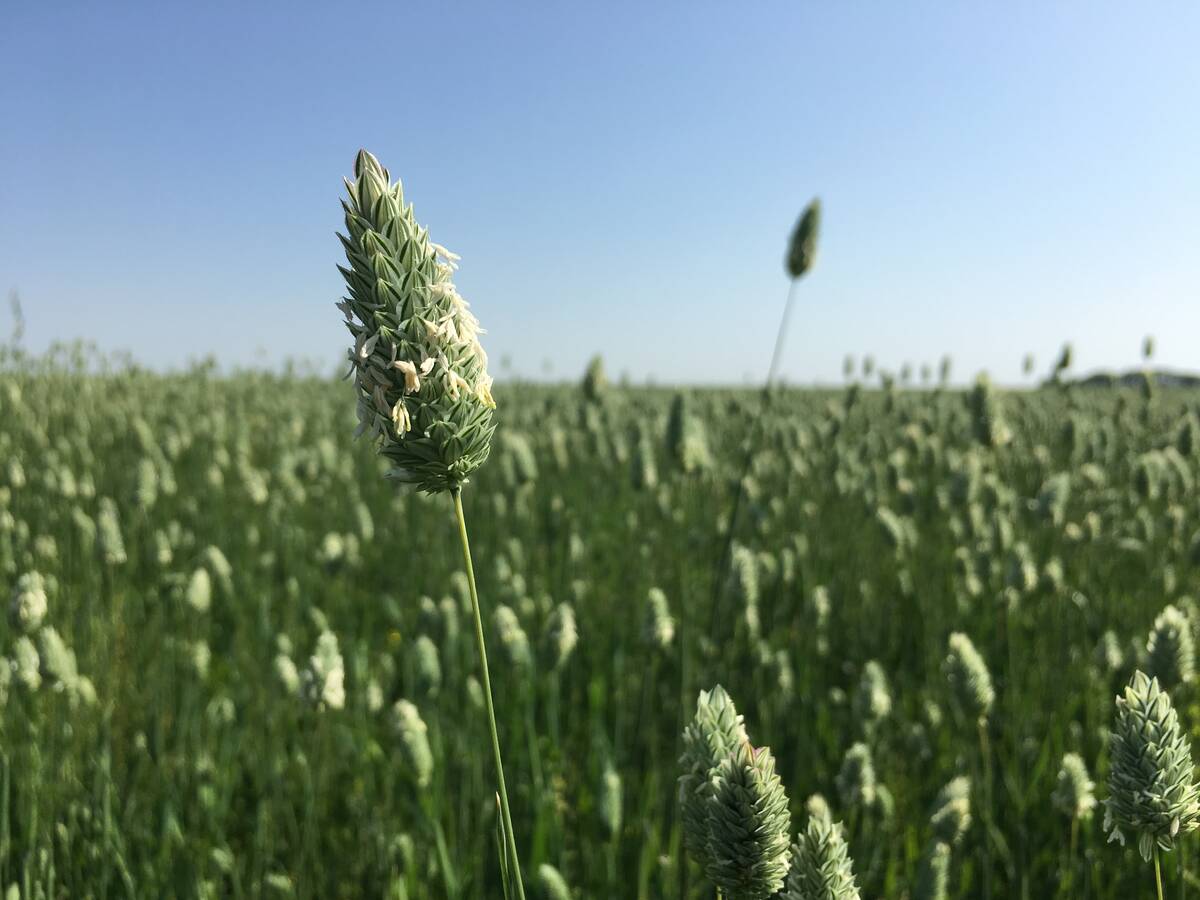Saskatchewan is changing the way it regulates environmental impacts.
A draft environmental code, the first of its kind in Canada, is now out for public review. It is based on four main pieces of legislation passed in 2010 but not proclaimed: acts governing environmental management and protection, forestry, greenhouse gases and environmental assessment.
The first version of the code contains 19 chapters and others will be added over time.
The chair of the development committee, Wayne Clifton, likened it to the national building code developed by the National Research Council.
Read Also

No special crop fireworks expected
farmers should not expect fireworks in the special crops market due to ample supplies.
Environment minister Dustin Duncan said the idea is to have a results-based approach rather than top-down direction. This allows flexibility for certain requirements to be met without prescribing exactly how that should be done.
“Each chapter sets out requirements and objectives along with acceptable practices,” Duncan said. “Proponents have the opportunity to develop their own alternative solutions.”
Those alternatives must be approved by the ministry and achieve an outcome equal to or better than the code.
Duncan said this change, the first in 30 years, is necessary to accommodate changing technology.
It was difficult under the old practices to adopt new technologies that offered solutions to problems or new ways of dealing with certain practices, he said.
Some low-risk practices that used to require permits will no longer need them. For example, hydrostatic testing of pipelines, which requires running water under pressure through lines to test integrity, used to require a permit but now would be allowed under the code.
Practices that aren’t regulated by the code, such as the establishment of intensive livestock operations under the Agricultural Operations Act, will continue to be regulated.
The current version of the code deals with the management and protection of air, land, water and natural resources, as well as waste management.
Duncan said he expects to see more regional landfills developed as a result of changes to waste management.
As well, the long-awaited multi-material recycling program for the province is still in the works. Officials are gathering information for municipalities on how much waste could be diverted from landfills into recycling programs.
The practice of allowing liquid domestic waste to be spread on land will not be allowed five years after the code comes into force, although Duncan said it won’t be banned outright.
The review document suggests 20 new small lagoons costing $14 to $20 million will be required to contain the liquid that used to be spread.















